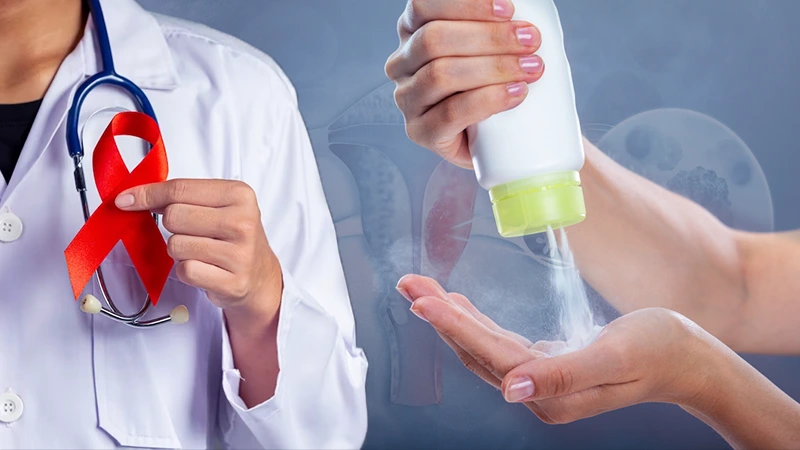How Effective Are Home HIV Test Kits?
Imagine living life without knowing your HIV status. For many people, this is a reality. In fact, an estimated 1 in 8 people is unaware that they’re living with HIV. Thus, they are not taking the medication they need, which can lead to serious health complications. Besides, they may unknowingly infect others.
Although risk levels tend to vary, anyone can contract HIV. All the same, HealthyMD can protect you against HIV with One Pill – that’s right, ONE PILL! Check out the linked resource to learn more.
If you’re planning to buy home HIV test kits, you’re probably wondering how accurate they are. After all, you don’t want to find out that you’re HIV-positive when it’s too late. Let’s dig into the subject to help you establish whether a home HIV test kit is suitable for you.
Type of Home HIV Test Kit Impacts Results
Your choice of a home HIV test kit determines its effectiveness. Plus, how long you wait before taking the test also affects its accuracy.
OraQuick’s in-home test kit (the only FDA-approved HIV kit for home use) has a 92% accuracy. This means 8 out of 100 people who use it will get a false result. The test can give a false-negative result if taken too early after infection (details below).
Conversely, the Home Access HIV-1 Test has a 99.9% accuracy. The test involves pricking your finger and collecting a blood sample. You then send the sample to a certified lab through the provided envelope. After that, usually a week, you get results via a toll-free number. If your test is positive, the lab carries out another test to confirm the diagnosis.
Other test kits available online have not been cleared by the FDA, which means they’re not as reliable. As such, we can’t vouch for their accuracy. Besides, home test kits may not be as accurate as those you would get at your doctor’s office. Additionally, such kits cannot detect very early infections.
When You Should Take the HIV Test
The body’s immune system typically kicks into high gear upon detecting a foreign invader, such as a virus. As a result, the body produces antibodies, proteins that flag the invaders for destruction.
But, in the case of HIV, your body has a timeframe within which it can produce these antibodies. This is known as the “window period.” Now, for most people, this window period is between two and eight weeks. However, some people may take up to three months to develop enough antibodies for a test to detect them.
During the window period, a home test kit is unlikely to detect the presence of HIV. As such, the test may provide a false negative result, meaning it shows you don’t have HIV when you do. For this reason, it might help to get tested at a doctor’s office or other certified testing facilities – especially if you fear you may have been exposed to the virus.
A rapid home test is designed to detect the presence of these antibodies within 90 days. If you test too early, your body may not have produced enough antibodies for the test to detect. As such, you have to wait at least four weeks after a potential exposure before testing.
Types of At-Home HIV Tests
Two main home HIV tests are available depending on the type of sample required – either a blood or oral swab. Blood tests are typically more accurate than oral swab tests. They require you to prick your finger and collect a small amount of blood. This can be painful for some people. Additionally, it may be challenging to get enough blood if you have small veins. An oral swab might be more convenient if you don’t want to deal with blood.
Even so, both types of tests are quick and easy to use. And they provide accurate results within 30 minutes. And if you test positive, seek professional help immediately. A healthcare provider can confirm the results with a more sensitive test and put you on medication if necessary. If you test negative, you may get tested again in a few weeks to be sure.
Since home test kits only detect antibodies, health experts recommend getting retested if your results are negative. This is especially important if you have a high risk of HIV exposure.
If you decide to take a home test, buy an FDA-approved kit. That way, you can be sure it’s accurate and will give you the expected results. And should you need to test early, explore other testing procedures or wait four weeks and retest. Nonetheless, home test kits offer one way to get answers about your HIV status. But they’re not the only or most feasible option.














